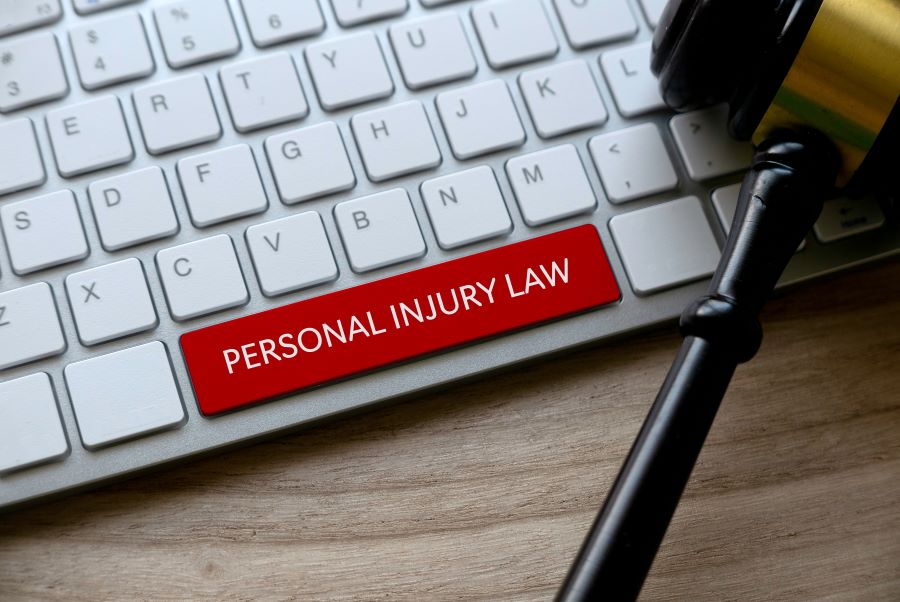Personal injury claims can be complicated. To get the full compensation you deserve, you need to prove that another person or party was at fault for your accident or injury. This is known as proving negligence, and it requires a careful investigation of the facts to put together a strong case.
If you’ve been injured in an accident, understanding how to prove negligence is essential to winning your personal injury claim. In this article, we’ll walk you through the steps and give you an overview of what you need to know to prove your case.
Establishing a Duty of Care
The first part of proving negligence is establishing a duty of care. That means you must show that the other party had a legal obligation to take reasonable steps to avoid causing you harm. For example, if you were injured in a auto accident, the other driver has a legal duty of care to drive safely and avoid crashing into you.
This duty may differ in each case, so it’s important to understand your legal rights and how they may apply in your circumstance. To help you establish this duty of care, consider gathering evidence like medical records for injuries sustained, police reports for any criminal activity, or witness statements from people who saw the accident or injury happen.
Having this documentation can help bolster your case and make it easier to prove that the other party did have an obligation to take reasonable steps to prevent causing harm to you or anyone else.
Establishing Liability Through Breach of Duty
To prove negligence, you have to show that the responsible party breached their duty of care. That means they didn’t act as a reasonable person would have done in the same or a similar situation. This can be challenging, as it’s not always obvious what constitutes a breach of duty.
In some cases, the law may even guide what counts as reasonable behavior. If a situation is more complex, you and your lawyer will have to look at all the circumstances surrounding the case to determine whether there was a breach of duty.
When determining the breach of duty, there are some key factors to consider, such as:
- What kind of relationship existed between the plaintiff and the defendant?
- What obligations did the defendant have under relevant laws and regulations?
- What type of specialized knowledge or skills were expected from the defendant?
- Was there an accepted practice or standard that applied in this case?
- Given these factors, did the defendant act reasonably or unreasonably?
These are just some examples of establishing liability based on a breach of duty — but it’s important to understand that each case is different. Your lawyer can help you determine exactly what needs to be proven to establish liability in your personal injury claim.
Establishing Damage and Causation
You may know that someone was negligent in causing your injury, but you won’t have a claim unless you can prove that they caused damage and link it to your injury. To do this, you need to establish causation.
Elements of Negligence
Four elements must be established to prove negligence: duty, breach of duty, causation, and damages. Duty refers to the responsibility that Person A had to Person B; breach of duty means the failure of Person A to meet the required standard of care; causation links the breach of duty to their injury; and damages are the losses suffered by Person B as a result of the breach.
Proximate Cause
Causation is determined by “proximate cause,” which refers to an act or omission legally responsible for an injury. In other words, if A does something contributing to someone being injured, then A is legally responsible.
To determine whether there is proximate cause between a defendant’s actions and an injury sustained by a plaintiff in a personal injury case, courts look at two questions: could the defendant’s behavior have caused the harm in question?
And was there any other intervening force between said behavior and harm? If both can be answered yes, then proximate cause has been established.




